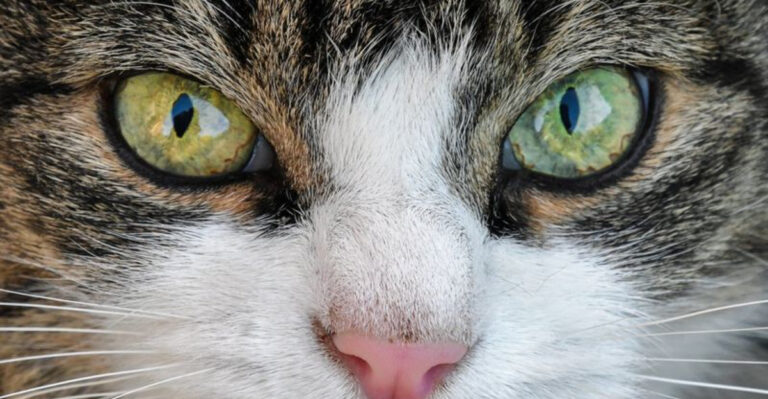The Tick-Attracting Plant You Should Avoid In Your Yard If You Let Your Pets Outside

Ferns are a popular choice for landscaping due to their lush green appearance and low-maintenance nature. However, some types of ferns may harbor ticks, which can be harmful to pets like dogs, cats, and other outdoor animals.
Ticks are known for spreading diseases like Lyme disease, and their presence in your yard could be more dangerous than you realize. Here are 12 facts about ferns and why you should consider avoiding them in areas where your pets roam.
Ferns Create Tick Paradise

Dense fern undergrowth offers the perfect hiding spot for ticks seeking shelter. The natural humidity and shade beneath fern fronds create an ideal microclimate for these parasites.
Unlike open lawn areas, ferns maintain moisture levels that ticks require for survival and reproduction, essentially serving as tick nurseries in your yard.
Dangerous Tick-Fern Connection

Research shows ticks gravitate toward fern-rich environments due to the consistent moisture and protection from predators. Many homeowners don’t realize their decorative ferns are attracting these disease carriers.
The relationship between ferns and ticks is particularly concerning in transitional areas between lawns and wooded spaces.
Bracken Fern: Tick Magnet

Bracken fern stands out as particularly problematic for pet owners. Its widespread growth habit and thick canopy create ideal tick breeding grounds.
Deer and small mammals—primary tick carriers—often browse among bracken ferns, depositing ticks that later seek new hosts. The double threat of toxicity and tick attraction makes this fern especially dangerous.
Health Threats To Four-Legged Friends
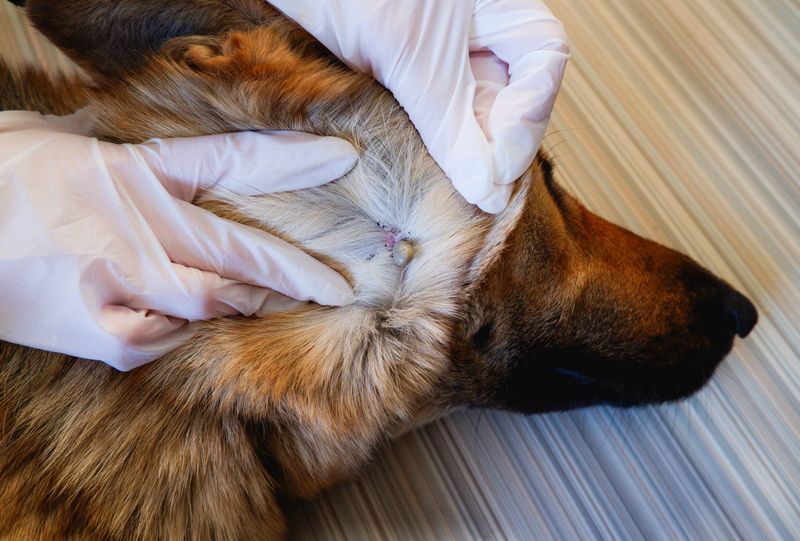
A single tick bite can transmit devastating diseases to your beloved pet. Symptoms might not appear for weeks after exposure, making diagnosis challenging.
Lyme disease in dogs causes painful joint swelling, fever, and lethargy. Cats may contract cytauxzoonosis from tick bites, which has a high mortality rate without prompt treatment.
How Ticks Hitchhike On Pets
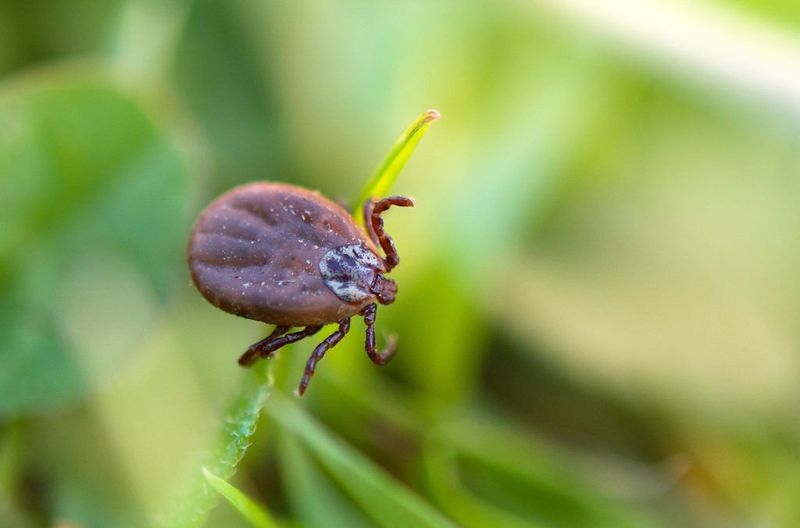
Ticks don’t jump or fly – they practice “questing,” perching on vegetation with front legs extended, waiting to grab passing animals. Fern fronds position ticks at perfect heights to latch onto your pet’s fur.
Once aboard, ticks crawl until finding thin-skinned areas like ears or bellies before embedding their mouthparts.
Toxic Fern Double Danger

Beyond harboring ticks, bracken fern contains ptaquiloside, a compound toxic to dogs and cats. Curious pets who chew on these plants risk digestive upset and potential long-term health issues.
Symptoms of fern toxicity include drooling, vomiting, and abdominal pain. The combination of toxicity and tick exposure makes these plants particularly hazardous in pet-accessible areas.
Red Flags: Spotting Tick-Related Illness
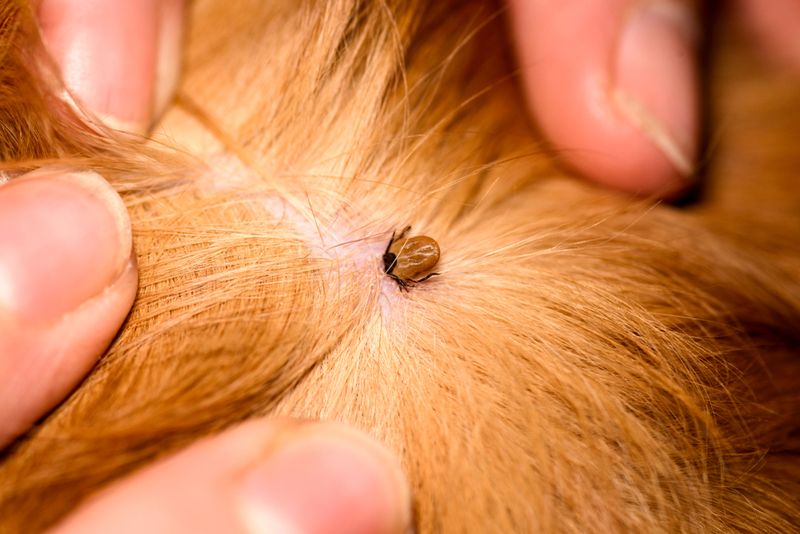
Unexplained limping might be your first clue of a tick-borne disease affecting your pet. Watch for sudden behavior changes like reluctance to jump or climb stairs.
Pets with tick-transmitted infections often develop mysterious fevers that come and go. Swollen lymph nodes, especially around the neck or groin, warrant immediate veterinary attention.
Fern Microclimate: Tick Population Explosion

Female ticks lay thousands of eggs in the protected environment beneath ferns. The eggs hatch into larvae so tiny they’re nearly invisible to the naked eye.
Without natural predators in fern-heavy landscapes, tick populations can multiply exponentially within a single season. Just one established fern bed can host hundreds of ticks waiting for your pet.
Spotting Tick Hotspots In Your Landscape
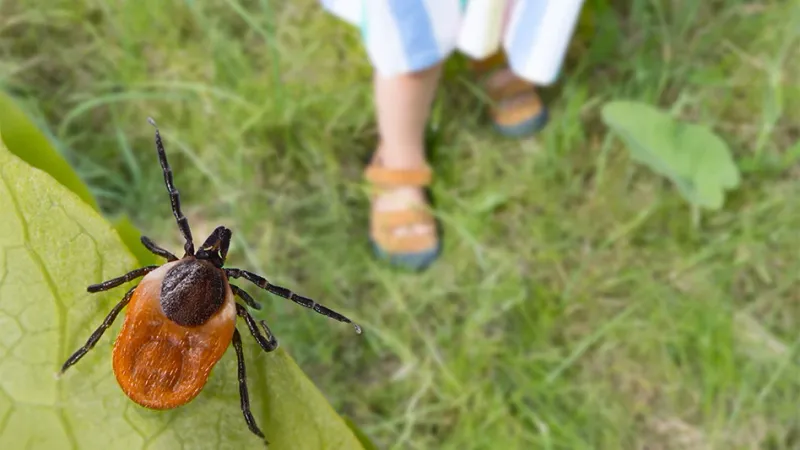
Morning dew lingering on ferns well into afternoon signals danger zones. These persistently damp areas create ideal tick habitats that pets should avoid.
Check for small mammals’ pathways through fern beds—these are highways for tick dispersal. Ferns growing against structures or fences deserve special attention, as they rarely dry completely.
Pet-Safe Landscaping Alternatives

Aromatic herbs like rosemary and lavender beautify yards while naturally repelling ticks. Their strong scents disrupt ticks’ ability to detect hosts.
Ornamental grasses provide similar visual texture to ferns but dry quickly after rain, making them less hospitable to ticks. Native plants adapted to your region often require less water, reducing tick-friendly moisture.
Effective Tick Prevention Strategies
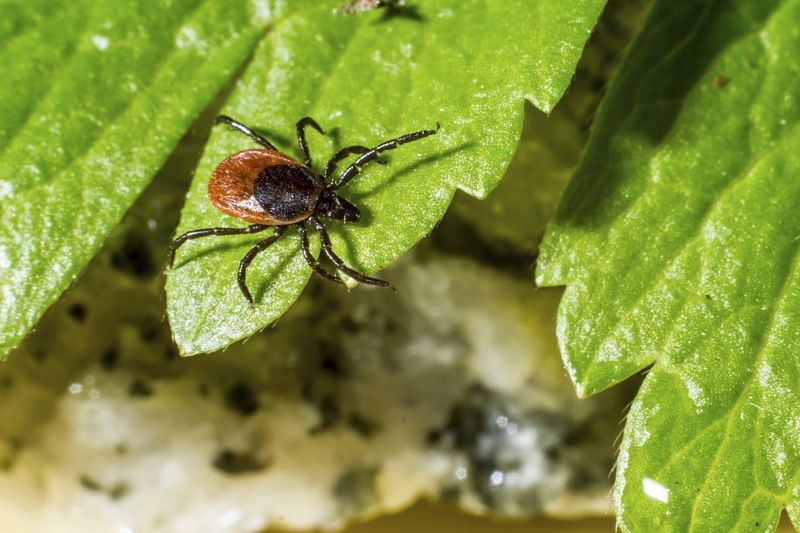
Year-round prevention medication creates a protective barrier against ticks, even if pets encounter fern areas. Consult your veterinarian about options like topical treatments, oral medications, or specialized collars.
Cedar mulch naturally repels ticks and can be strategically placed around yard perimeters. Creating a 3-foot gravel or wood chip buffer between wooded areas and lawn reduces tick migration.
Post-Outdoor Tick Check Routine
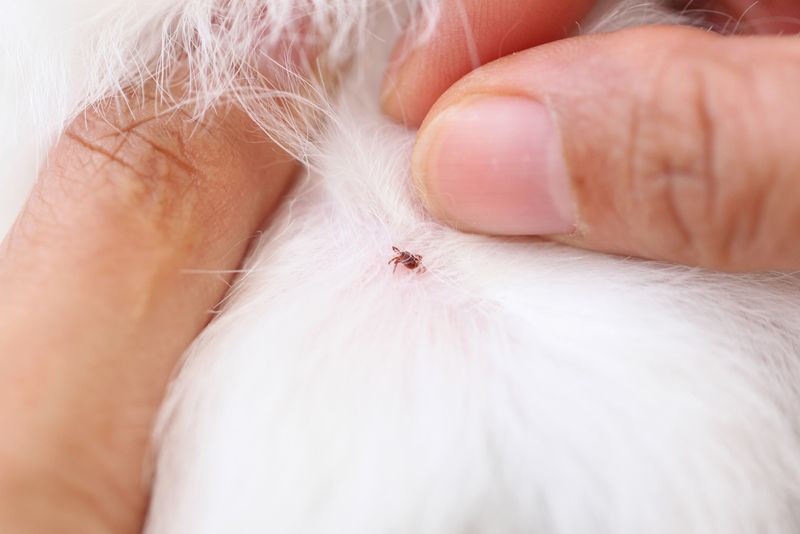
Running your fingers against fur’s grain helps locate tiny ticks before they fully attach. Pay special attention to dark, warm areas ticks prefer—between toes, inside ears, and under collars.
A fine-toothed flea comb can detect ticks on pets with thick coats. Establishing a post-walk inspection ritual protects your pet even if ferns exist in your neighborhood.






